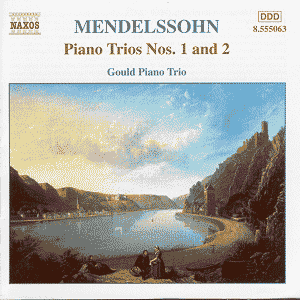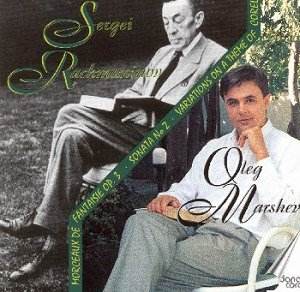 Composer: Johannes Brahms
Composer: Johannes Brahms
Works: Two Sonatas for clarinet and piano, op. 120: no. 1 in f minor, no. 2 in E flat
Performers: Ralph Manno (clarinet), Alfredo Perl (pianoforte)
Recording: August 24 & 27, 1992, Sendsaal Radio Bremen
Label: Arte Nova 74321 27767 2 [45.34]
Brahms’s two sonatas for clarinet and piano, composed in 1894, stand as a testament to the composer’s late style, revealing a deeply introspective and lyrical quality. Written for the clarinetist Richard Mühlfeld, these works showcase the instrument’s capabilities while embodying the rich harmonic language and emotional depth characteristic of Brahms’s mature output. Yet, as compelling as the music may be, the performance by Ralph Manno and Alfredo Perl raises significant interpretative concerns that detract from the inherent beauty of these sonatas.
The interpretation of the second sonata begins with the first movement, marked “Allegro amabile.” The players seem to misinterpret the essence of “amabile,” which suggests a gentle and loving character. Instead, the tempo feels closer to “Andante,” undermining the movement’s inherent drive and lyrical surge. The initial sections lack the necessary urgency, and when the passionate outburst occurs just fifteen bars in, it feels underwhelming, as if the performers are hesitant to embrace Brahms’s dynamic contrasts. This reluctance to engage with the music’s vitality is surprising, particularly given the composer’s own late-life vigor, which belies the stereotype of the “avuncular” Brahms.
The performance is marred further in the scherzo-like “Allegro appassionato,” where the outer sections exhibit a reasonable swing, yet the trio section suffers from an overly deliberate pacing. Brahms’s direction to perform “Sostenuto” should allow for a holding back of tempo that still respects the overarching flow; instead, the music loses its momentum completely. Perl’s approach here tends to emphasize vertical, chord-driven textures rather than a flowing, singing line, which Brahms explicitly requests by indicating “ben cantando.” This lack of a lyrical line results in a sense of stasis that is particularly detrimental in the “Andante con moto,” which, despite being played at a more suitable tempo, loses its buoyancy due to the same stilted articulation.
The first sonata fares no better in execution. The opening “Allegro appassionato” lacks the necessary intensity and depth, with Perl’s heavy-handedness diminishing the potential for a more nuanced dialogue. The “Andante un poco adagio” suffers from a failure to articulate the rocking quavers effectively, and Manno does not emphasize the critical final quaver of the bar, a small yet vital detail in Brahms’s meticulous writing. The remaining two movements show fleeting moments of grace, particularly when Manno taps into the phrasing Brahms requests, yet Perl’s contributions remain ponderous, lacking the rhythmic clarity that is essential for Brahms’s intricate textures.
Despite the reasonable sound quality of the recording, which captures the instruments adequately, the engineering does not compensate for the interpretative shortcomings. The overall sonic palette lacks bloom and warmth, further diminishing the impact of the performance. When compared to other notable interpretations, such as those by the likes of Sabine Meyer and Christian Tetzlaff, Manno and Perl’s rendition feels overly cautious and uninspired, failing to unlock the emotional and technical brilliance embedded within these sonatas.
A definitive assessment reveals that this recording, while not devoid of merit, ultimately falls short of the expressive and technical standards set by Brahms’s music. The performance’s hesitance, coupled with a lack of engaging interpretation, renders these sonatas lifeless, obscuring the vibrancy of Brahms’s late compositional voice.



